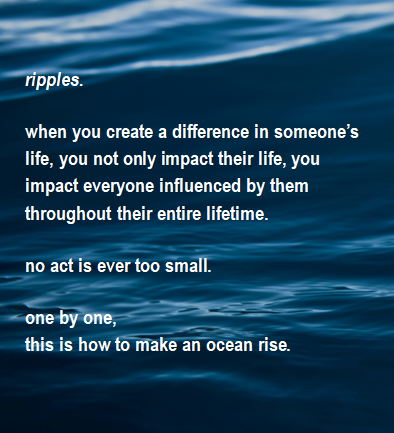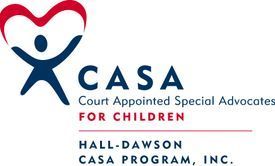
One of the roles I have as the Executive Director of the local CASA program is to keep my eye on community trends in child welfare, and respond with creative problem solving when the need arises. One such trend has been troubling me lately. Data from the Fostering Court Improvement website shows 12% of the children from Hall County who left foster care from April 2020 – March 2021 did so without achieving permanency. This percentage is higher than the state average.
Permanency. That word we often use in the child welfare world that simply means when the juvenile court case closes, the child has either been reunified with his/her family, been adopted, or has received a legal guardian. That is the legal jargon and the safety net placed around a child as they move from childhood to adulthood. For a child experiencing foster care, it can mean so much more. As Georgia Child Advocate Jerry Bruce and Georgia CASA Advocacy Director Angela Tyner explain in their Power of Permanency presentation, “For a child to experience permanency, this is more than finding a place to lay their head at night. Permanency means having the key to the house, having their picture on the wall in someone’s house. It is knowing there is a seat at the Thanksgiving table. Every child deserves a family. Not just a family in which to grow and develop, but a family to leave when the time is right, a family to come home to when the need demands, and a family to be a part of when childhood is a distant memory.”
Why is permanency so important? A youth leaving foster care without achieving permanency has lifelong consequences:
- Half of youth who have aged out of foster care end up homeless or incarcerated.
- 75% of young women experiencing foster care report at least one pregnancy by age 21, compared to 33% in the general population.
- By grade 11, only 20% of students experiencing foster care are proficient in English. Only 5% are proficient in math.
- 75% of students experiencing foster care are performing below grade level.
Source: kids-alliance.org
This comes as no surprise when we consider the rational part of a teen’s brain is not fully developed and won’t be until around age 25 or so. It does not matter how smart a teen is, or how well they do in school. Good judgement isn’t something they can excel in. At least not yet. In fact, recent research has found that adult and teen brains work differently. Adults think with the prefrontal cortex, the brain’s rational part. This is the part of the brain that responds to situations with good judgment and an awareness of long-term consequences. Teens process information with the amygdala. This is the emotional part. In teen’s brains, the connections between the emotional part of the brain and the decision-making center are still developing—and not always at the same rate. That’s why when teens have overwhelming emotional input, they can’t explain later what they were thinking. They weren’t thinking as much as they were feeling.[i]
That’s a lot of data. As I have processed this over the past several weeks, I keep coming back to a moment in time with our girls. You see, we did this completely crazy thing, with both of them the first night they were in our home. That first night John and I felt completely responsible for these tiny creatures. We stayed up all night watching them sleep. And in that time, we dreamed about their potential, who they might become, what adventures they might enjoy. (Of course, the next day when they were wide awake, we regretted the decision to not sleep while they slept.)
Older youth experiencing foster care are one of our most vulnerable populations. It can be difficult to find a foster family who will accept a teen into their home. Often teens respond to trauma and the uncertainty and chaos with behaviors that are difficult. And let’s face it, just being a teen is challenging enough.
Here is what I believe, and what I hope you will join me in achieving: every child is one caring adult away from being a success story. Every child. Every youth. And it makes a difference in the way we address a young adult – as a troubled youth with behavior issues or as a youth challenged by life’s circumstances with great potential. What would happen if we surrounded youth with adults who looked into their eyes and saw potential and promise in the same way we look into the eyes of a newborn child?
We have an opportunity to change the trajectory of vulnerable youth in our community, and in doing so positively change our community. In the coming months, partnering with the Fostering Futures initiative, we will dive into these possibilities. We know that young adults need support as they navigate independence. Youth who age out of foster care without permanency are no exception. They need someone by their side to offer guidance, help them work through challenges, and celebrate their successes. No one should have to figure it all out on their own.[ii]
Are you up for the challenge? Reach out to me and let’s discuss ways we can help create bright futures for some of our most promising youth - janet@halldawsoncasa.org.
[i] Stanford Children’s Health

